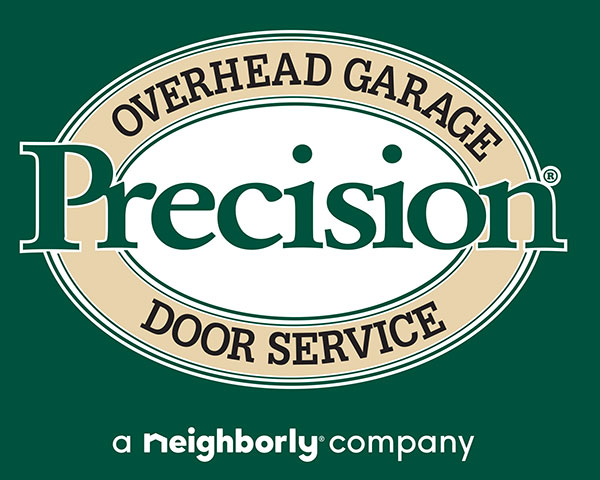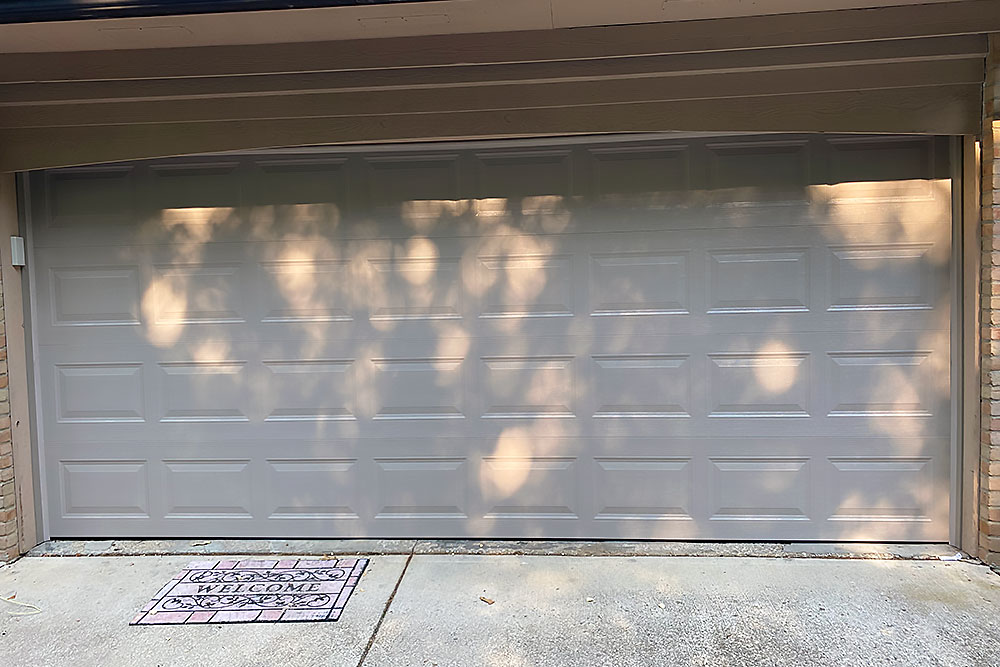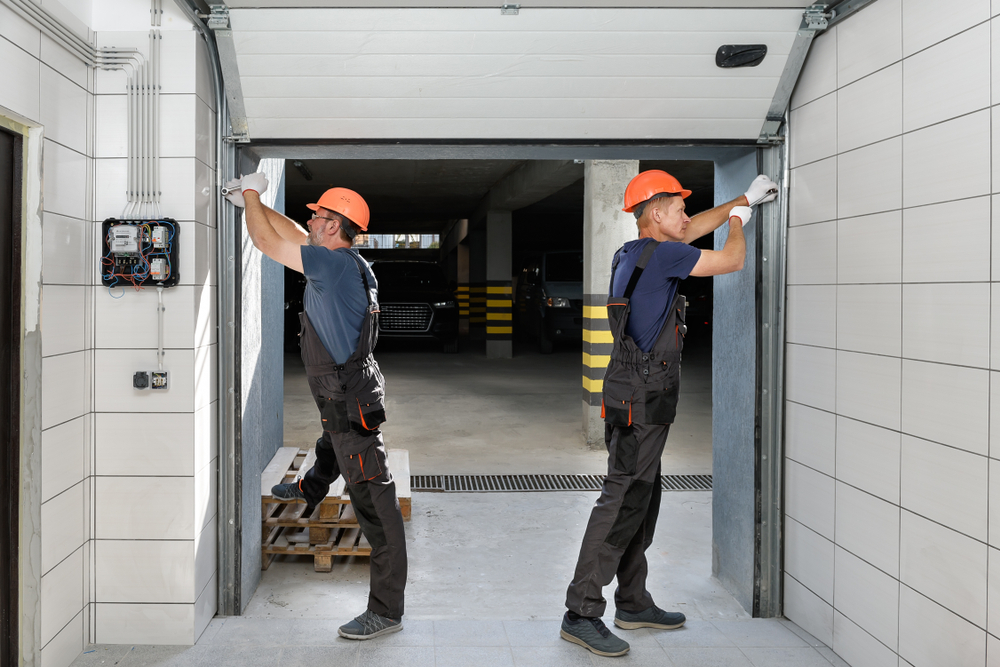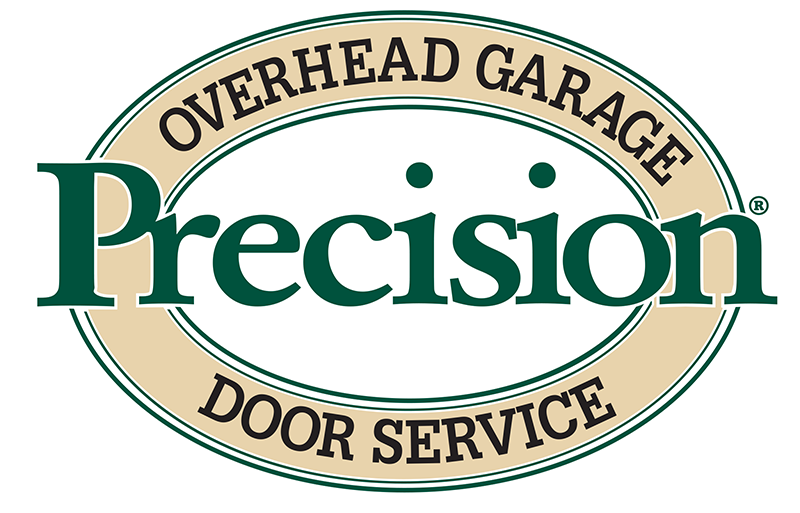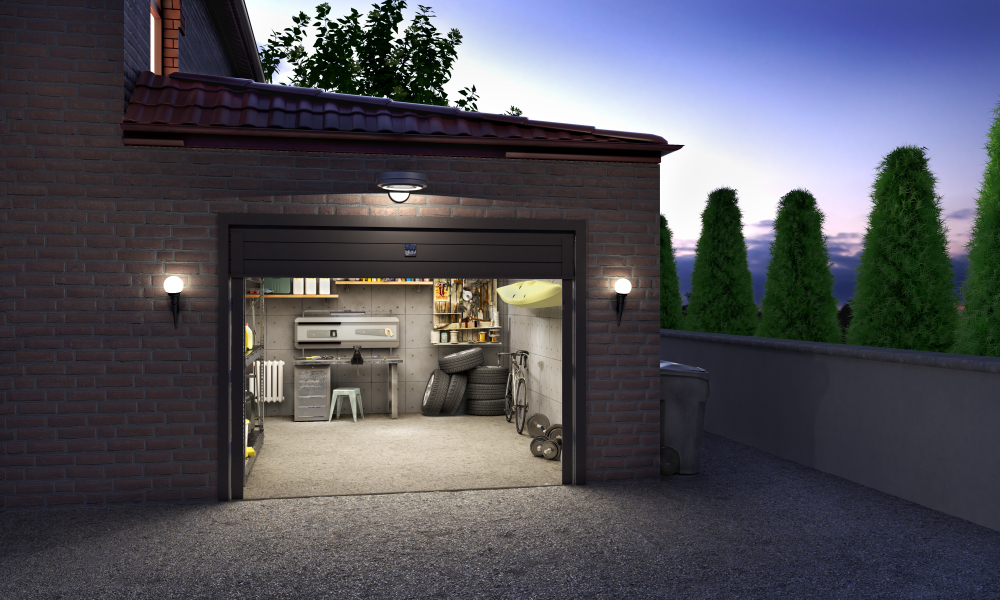
Garage Door Repair in South Beach: How Different Types of Garages Work
Garage door repair in South Beach involves knowing the various components of a garage. There are quite a few moving parts, but they’ll be simple to learn so that you understand when a professional explains which parts of your garage need repairs. Only a basic understanding of physics should be necessary to understand the fundamentals.
The Fundamentals of Garage Door Repair in South Beach
Never let someone repair your door who hasn’t gone through the wringer. In other words, by learning how they operate, you can test someone’s knowledge. Before they work on yours, test anyone who happens to inspect your equipment.
Otherwise, you’ll never know whoever is at the door.
Nowadays, most garage doors are made of several different components. The operator, or motor, supplies most of the power. However, it isn’t what delivers it.
Most Operators Produce 1/2 HP
A 120 V outlet ought to be sufficient for most modern operators, which house a 1/2 hp motor typically. Enough power is generated to lift your standard-sized door.
Anything larger than that would need something more powerful.
Connected to the operator are the cables and curved door arm. These distribute and deliver power, produced by the motor. Without them, nothing would move much at all, even with the motor working diligently.
The T-Rail or Drive-Guide Shields the Cables While in Motion
As the door lifts, the curved door arm, plus its cables, travel along the T-rail. Also called the drive-guide, this rail provides protective housing for those vulnerable components. Lifting the garage door without one would expose the drive chains, opening them up to damage.
Enough time without one of these rails and your garage door would likely break down.
Only open the door when this housing is intact. That way, it ought to last for a lot longer than it would have otherwise
Various Drive Options Supply Power to the Torsion Springs
The drive, distributing power from the operator, connects to the torsion spring. Various styles of drive exist. Most commonly, chains provide cost-effective solutions for people who don’t mind noise.
Otherwise, something else might’ve been better, particularly for those who value quiet.
We found screw drives to be among the most silent. Although these look more expensive, such silent operations seem like they’d be rewarding.
Another option would be using a belt drive. A combination of silence and affordability makes them quite attractive. As a potential upgrade, few things compare favorably. All drive technologies operate on the same principles, dragging the door along tracks.
Curved Door Arms Link the Operator to the Torsion Springs
At the end of your drive, a curved door arm links to the torsion springs. The springs are what hold most of the weight of your door. Over time, they tend to wear out, deteriorating the more you use them.
Eventually failing, a broken torsion spring won’t lift the door at all.
Before they are entirely broken, you’ll notice the shaky door sounds like it’s rattling. Not long after that, the torsion springs will need a replacement.
Support Brackets and Mounting Hardware Hold Everything in Place
Look closely where the operator hangs from the ceiling. Nearby, You ought to notice several sets of screws. These keep the operator hoisted above the floor, by holding it to the support brackets. These don’t tend to need much maintenance.
However, if such hardware loosens, something could fall.
To prevent that from happening, we’d suggest tightening them regularly. That way, no matter how long you have the garage door, none of those screws ought to cause a problem.
Garage Door Repair in South Beach Can Keep Safety Sensors and Emergency Release Ropes Operating
Several sets of sensors keep your garage door from crushing anything underneath them? Garage doors, the ones built recently, always come with a set of sensors. These optical diodes operate by monitoring a stable being. Anytime this beam disrupts, The sensors stopped the door in its tracks. By doing that, if something happens to be beneath the door, it won’t be crushed.
The Doors Themselves May Be Made of Numerous Materials, Each With Their Own Benefits
As for the door itself, these don’t change much over time. Years ago, a door was still a door. One thing may have changed, however. Material sciences have advanced to such a degree that enhanced benefits are available. For example, suppose you’d like to better insulate your garage. Carbon fiber might provide something with better heat retention. That way, even during the wintertime, your garage won’t leak heat.
